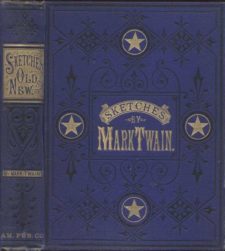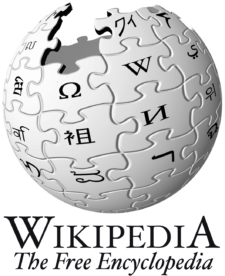1.8: Comparing Genres, Conclusion
- Page ID
- 5567
Even though the previous pages all were about cars in some way, you no doubt realized they were very different in tone, style, and quality.
Let’s take a closer look at each.
Example 1
“Electric and Plug-in Hybrids,” by George Crabtree, came from OpenStax CNX, a textbook publisher.

Figure \(\PageIndex{1}\)
The full source demonstrates some features common to textbooks:
- clearly stated learning outcomes for each section
- formal tone
- direct language
- definitions of key terms
- no in-text citations, though references may be included at the end of a chapter
- images to help illustrate the topic
A textbook’s primary goal is to educate readers.
Example 2
“Will the Tesla Model 3 recharge the U.S. electric vehicle market?” by David Keith, came from The Conversation, an online news source.

Figure \(\PageIndex{2}\)
The full article demonstrates some features common to journalism:
- most important information appears near the opening of the article
- reports facts
- quotes and interviews from experts on the topic
- no in-text citations, no citations at the end
- embedded links to related sources
- images to help illustrate the topic
A news article’s primary goal is to inform readers.
Example 3
“Cannibalism in the Cars,” by Mark Twain, came from a collection of his short stories, Sketches New and Old.

Figure \(\PageIndex{3}\)
The full story demonstrates some features common to literature:
- introduces characters
- follows a narrative sequence of events, revealing a plot
- includes description to set scene
- may use first-person, second-person, or third-person voice
- uses dialogue to convey what characters say to one another
- no in-text citations, no citations at the end
A work of literature’s primary goal is to entertain readers.
Example 4
“Hybrid vehicle” came from Wikipedia, the well-known online encyclopedia.

Figure \(\PageIndex{4}\)
The full story demonstrates some features common to reference material:
- highly structured and organized text, using headings and sub-headings
- factual content
- includes in-text citation (or footnotes) and a list of References at the end
- embedded links to related sources
- historical information
- images to help illustrate the topic
- formal tone
- clear and easy to read
A reference work’s primary goal is to inform readers.
Example 5
“The Influence of Intersections on Fuel Consumption in Urban Arterial Road Traffic: A Single Vehicle Test in Harbin, China,” by Lina Wu, Yusheng Ci, Jiangwei Chu, and Hongsheng Zhang, came from PLoS One, an online academic journal.

Figure \(\PageIndex{5}\)
The full article demonstrates some features common to academic journal content:
- highly structured and organized text, using headings and sub-headings
- describes an experiment or an analysis, including the authors’ findings and interpretations
- includes in-text citation (or footnotes) and a list of References at the end
- advanced vocabulary, specific to the field of study
- images to help illustrate the topic
An academic journal article’s primary goal is to distribute new ideas to readers.

